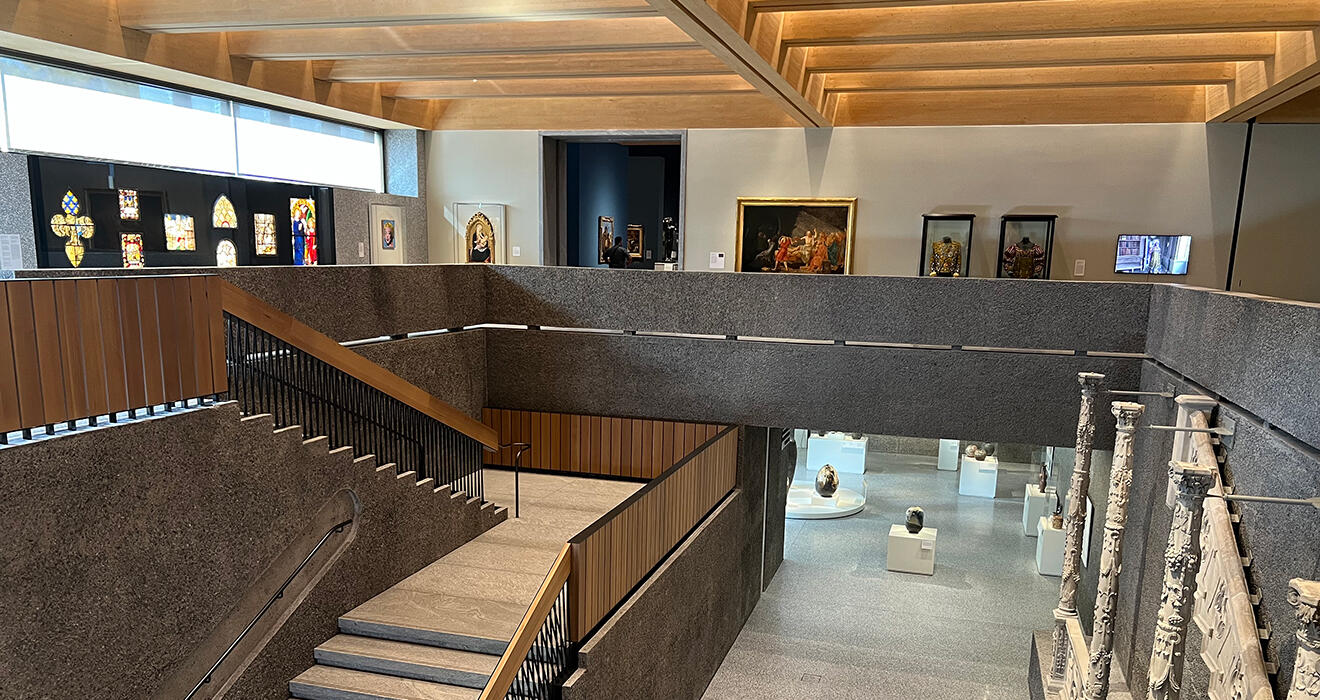
After four years of construction and all the worry, awe, and excitement that goes along with a massive project, it’s finally happening: The new Princeton University Art Museum will open Oct. 31.
The buzz has been incredible. By all measures, this is a project that’s meant to put Princeton on the map — not that Princeton wasn’t already on the map.
It’s located on the same spot as the old museum, with a much, much larger footprint. Museum director James Steward said at a press event in October that it would indeed have been easier to move to the edge of campus. But that would defeat the purpose.
“Building at the heart of things,” he said, “signals the importance this University continues to place on the arts and humanities as well as on making the experience of art part of everyday life.”
He called it “a kind of town square in which we can all find ourselves in pursuit of knowledge, comfort, joy, and even provocation.” At a time when the humanities are being questioned, polarization sows distrust, and AI makes it even more difficult to tell fact from faction, he said, the museum is an act of faith.
Here are 10 things to know about the new facility:
1. Much more of the collection is on display.
At 140,000 square feet, the new building doubles the size of the old one — and that space gets used. The collection of more than 117,000 objects spanning 5,000 years of human history rivals that of the Getty in Los Angeles, according to The New York Times, and about 5% of it is on display, compared with 2% in the old museum. Since the collection has grown with both freshly commissioned works and new donations — about 2,000 — visitors are really seeing a larger percentage of a larger number.
Steward said it all leads to “what is, in my view, one of our most potent characteristics, and that is our under-one-roofness — the possibilities that emerge when so many diverse cultural traditions are placed into dialogue with each other.”
Note, about 40% of the collection is housed within the museum. Then there’s that 5% on display. The rest? It’s at a remote art storage building constructed eight years ago “at an undisclosed location,” Steward said.
2. The design is supposed to combat “museum fatigue.”
You know how you can get so tired after wandering a museum for hours that you start racing through? That’s called “museum fatigue,” and the new art museum was specifically designed to fight it. According to the museum’s fall magazine (pick one up at the entrance), there are a few strategies at work: varying the size and feel of spaces to keep your eye engaged is one; strategically placing windows is another. The wood floors are meant to be forgiving on the legs and feet, and there’s lots of places to sit.
3. Two “artwalks” encourage students to cut through the building.
Busy students hustling to class aren’t supposed to navigate around the massive museum but stroll right through. On the first floor, one “artwalk” runs north-south and the other runs east-west. Both are flanked by glass cases full of pieces to be rotated regularly; QR codes take the interested onlooker to a list of what’s what.
4. Walls inside and outside are made of sandblasted concrete.
What looks like dark granite in photos is actually concrete filled with charcoal-gray pebbles. It was cast in place, meaning molds were built right in the museum and the concrete was poured in. Then it was sandblasted to make the rough pebbles stand out. Steward said to him the effect is rough and fundamental, ancient and eroded, creating duality with the smooth, light-colored wood ceilings. (That wood is actually sustainable, laminated “glulam”; many of the floors are terrazzo.)
5. You can now walk over the floor mosaics, as the Romans intended.
The old museum had a few ancient mosaics installed on walls; one was on the floor but roped off. Now they have been installed in the floors, about a foot beneath heavy glass so visitors can walk over and see them from the same perspective the Romans did.
6. A third-floor restaurant will replace lunches at Prospect House’s Garden Room.
The restaurant, Mosaic, is effectively replacing the Garden Room at nearby Prospect House. Not only will some of the cooking be done at Prospect (no open flames in the art museum!), but the Garden Room will now be open only to private events, not daytime diners.
Mosaic has both indoor and outdoor dining spaces and will be open Thursday through Monday, 9 a.m. to 3 p.m. on weekdays and 10 a.m. to 3 p.m. on weekends. Reservations can be made through Resy.com.
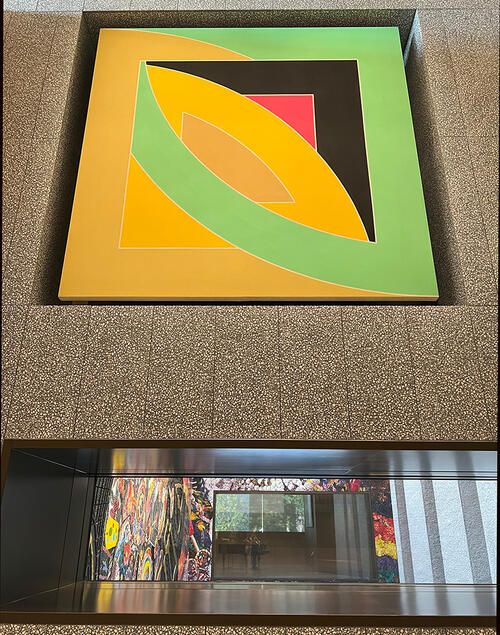
7. There are three conservation labs and six object study classrooms.
The old museum had one conservation studio mostly for paintings; this one has three, and they’re meant for the many different media housed in the museum, like objects and paper. Six classrooms will let students across disciplines incorporate art and artifacts into their coursework. Associate objects conservator Elena Torok said she herself had to learn art history from slides. “Bringing out objects is very exciting,” she said.
8. Art for Families is back.
Once again families are invited to not only view art but attend Creativity Labs on Saturday mornings. The first session on Nov. 8 will offer an upcycled project inspired by Ghanaian artist El Anatsui’s “Another Place,” a shimmering tapestry made of bottle caps. Find out more and see upcoming events here.
9. The grand opening will be a 24-hour party.
Proving there’s really no party like an art museum party, organizers have planned a 24-hour celebratory open house beginning at 5 p.m. Oct. 31. The schedule includes five Halloween movies, a dance party, tours, sky gazing, trivia at 1:30 a.m., yoga at 7:30 a.m., and a performance by the Westrick Boys and Girls Choir at noon.
Steward said the marathon event drives home how the museum really is meant for everyone, from night owls to parents who wake up early with young children. Find the full schedule online here.
10. Museum admission is free to all.
Just in case that wasn’t clear.

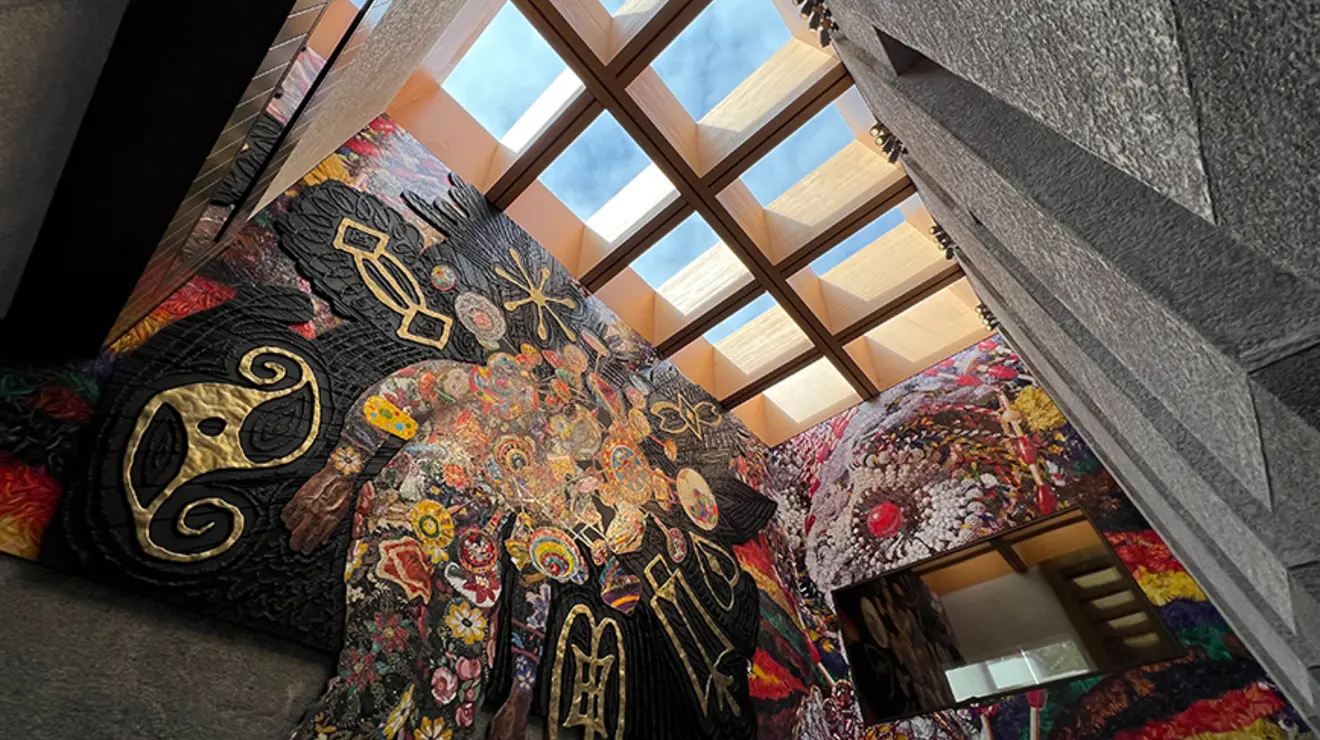
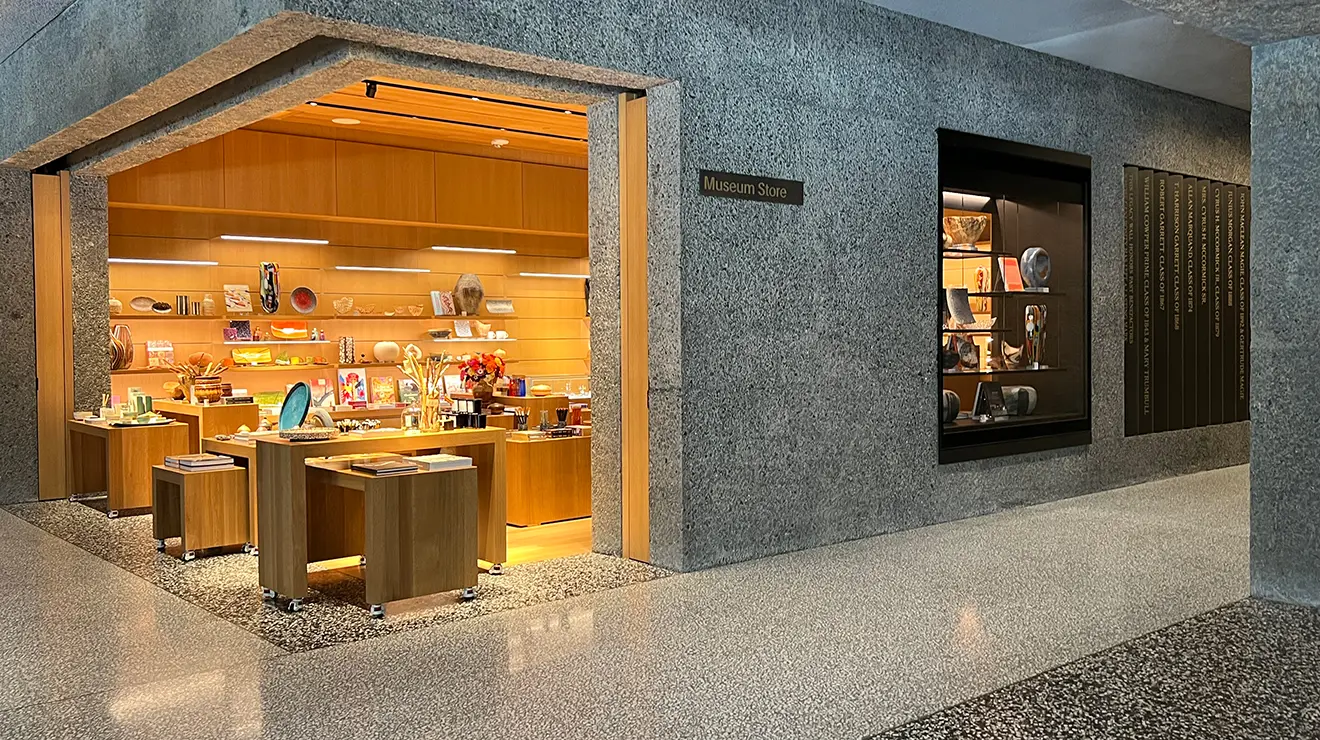
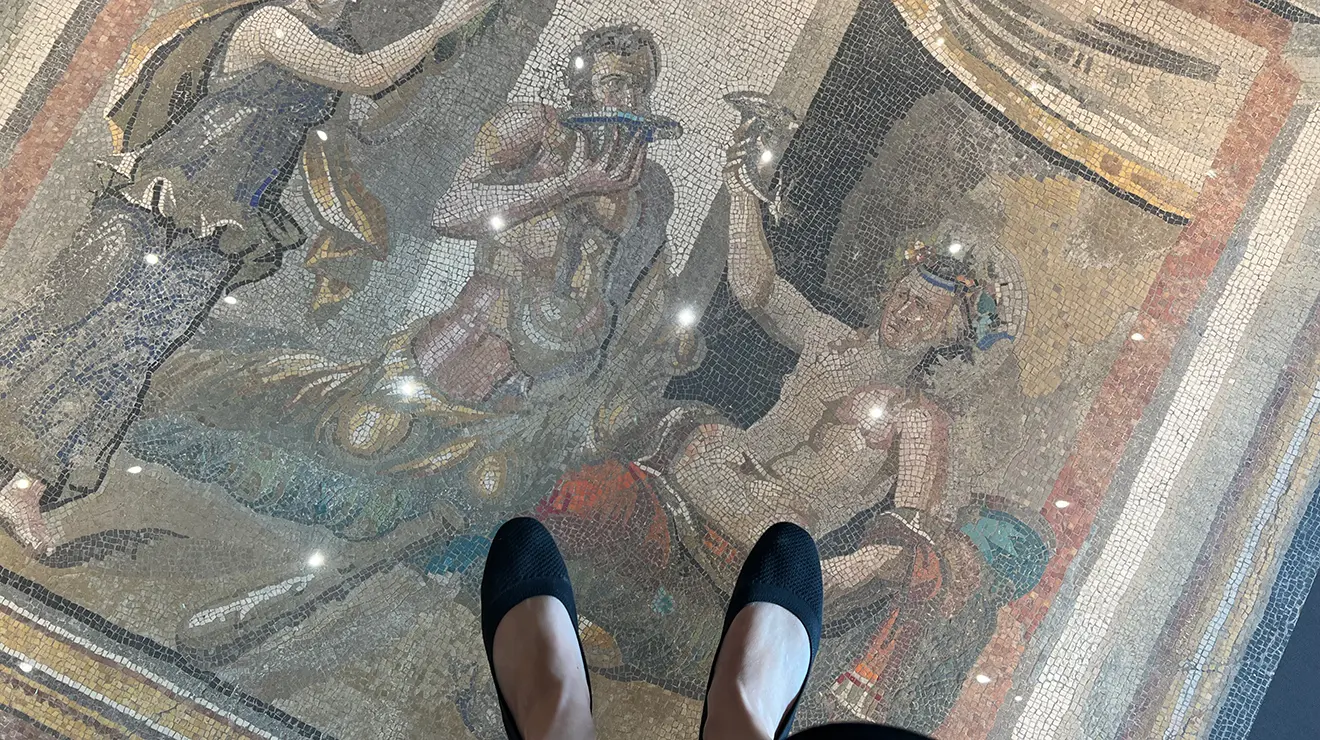
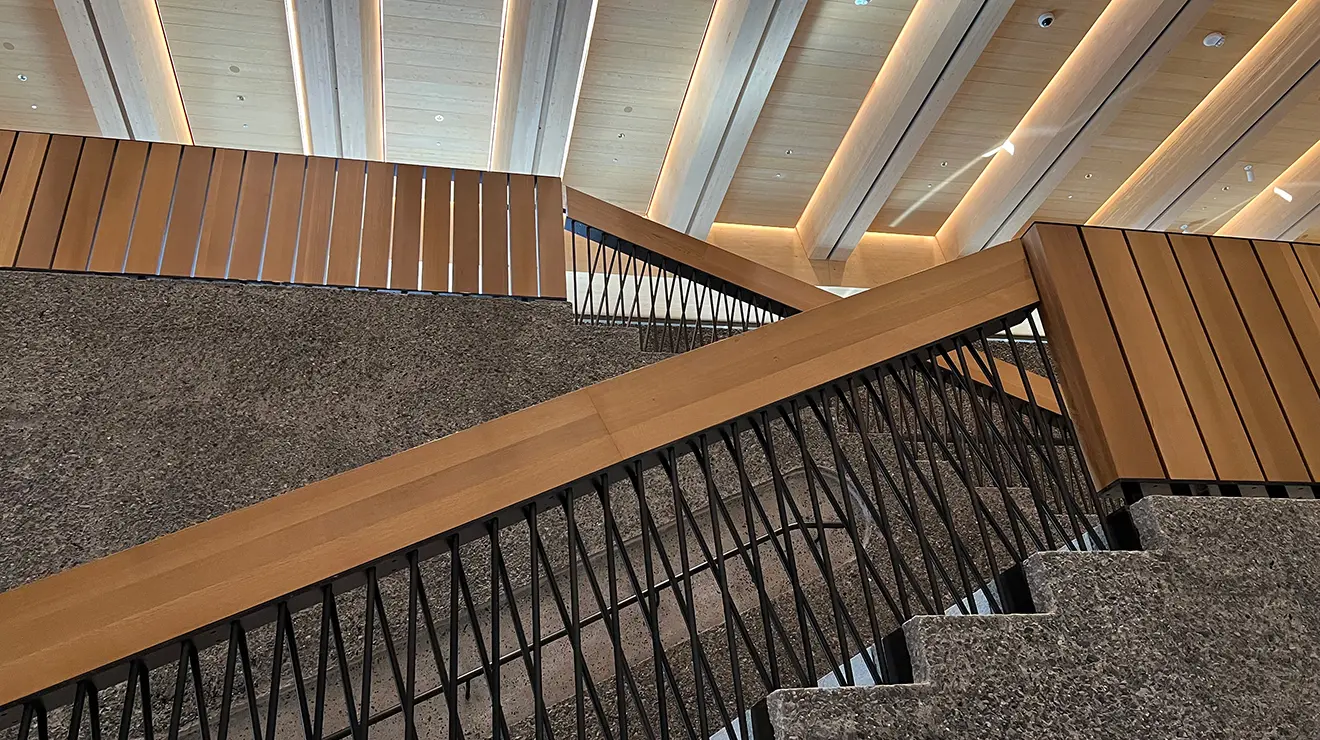
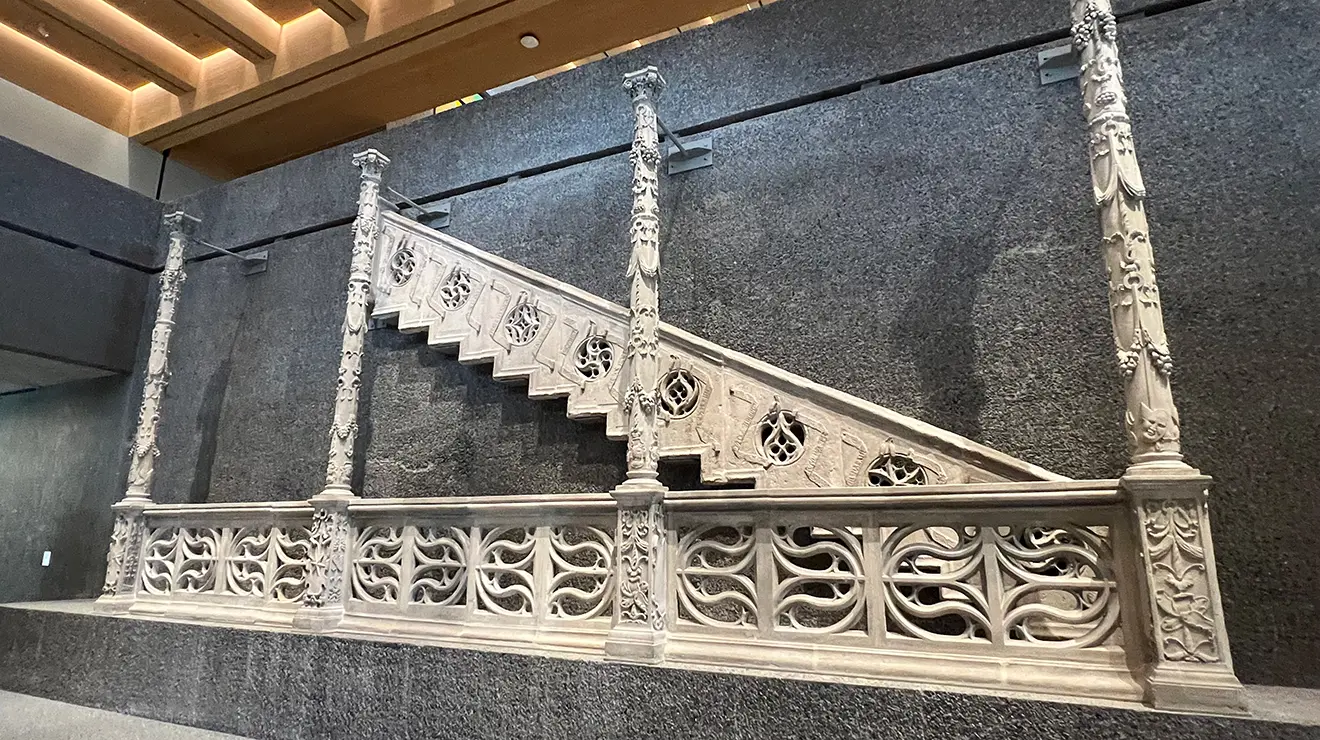
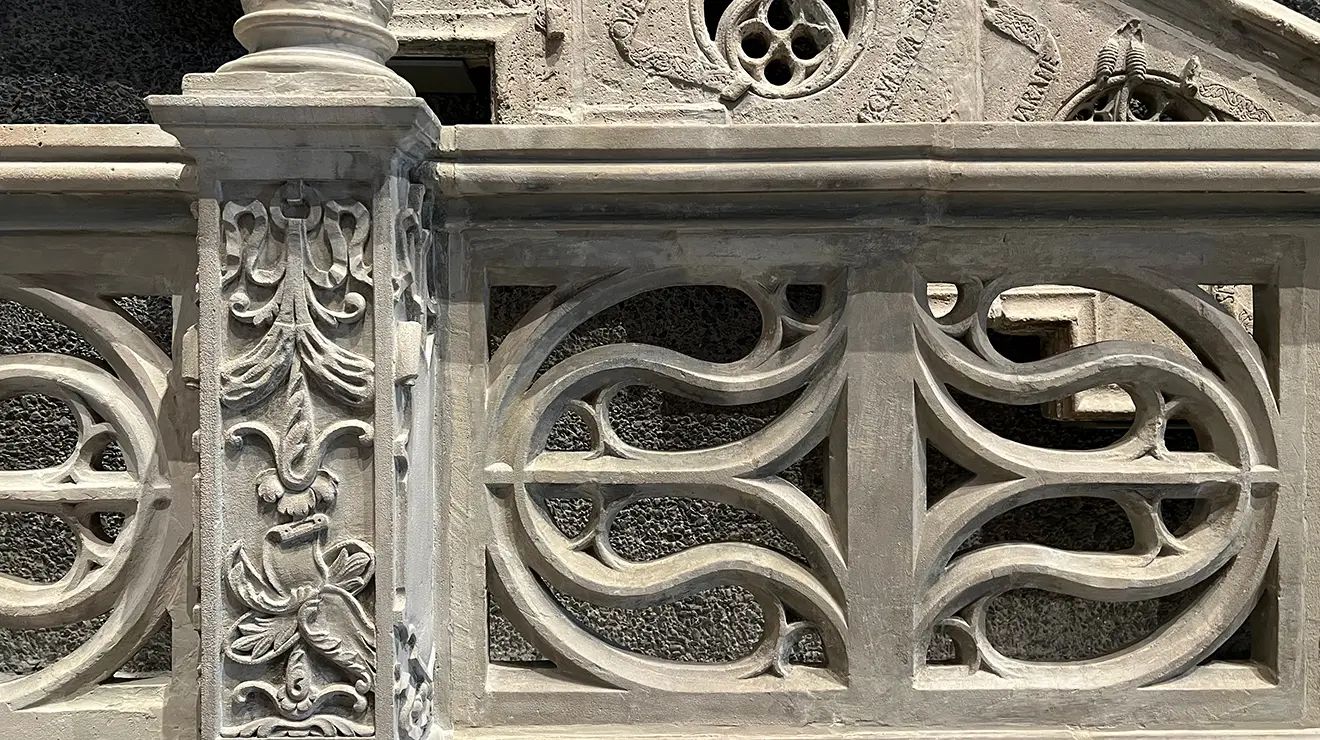
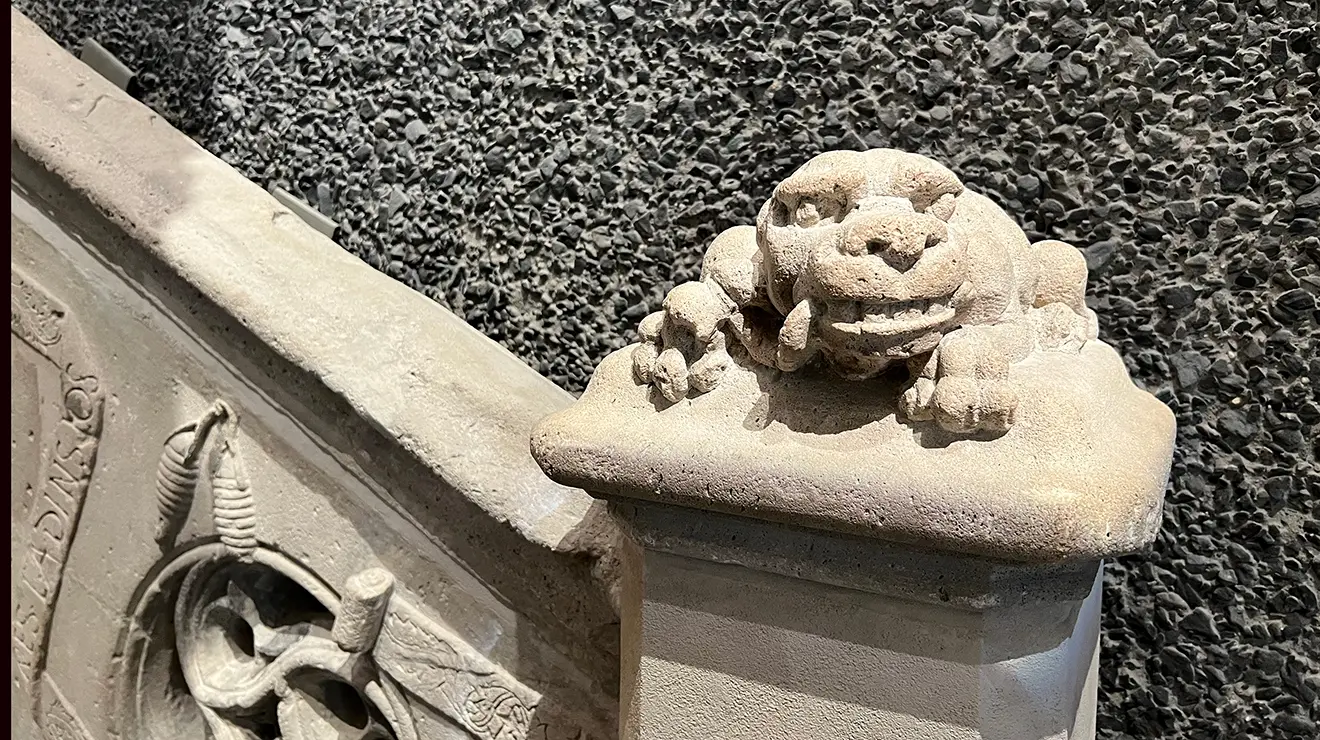
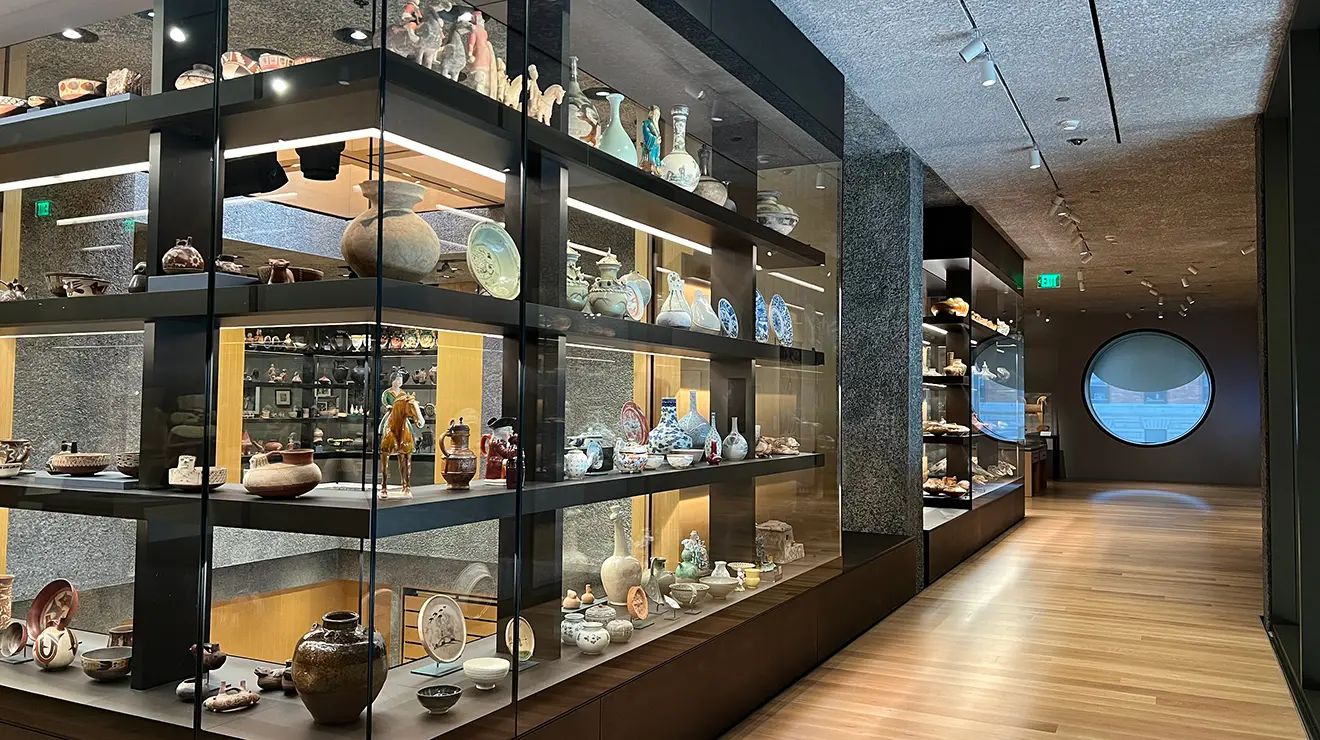
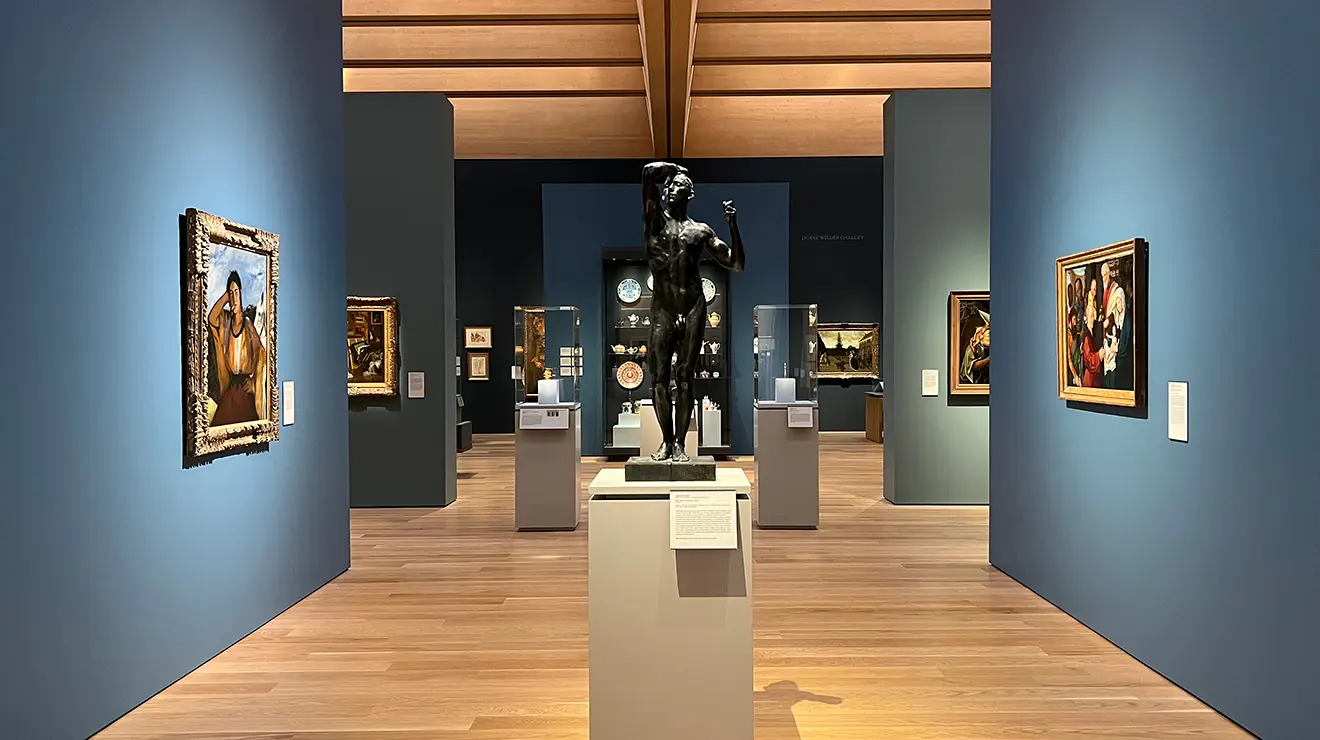
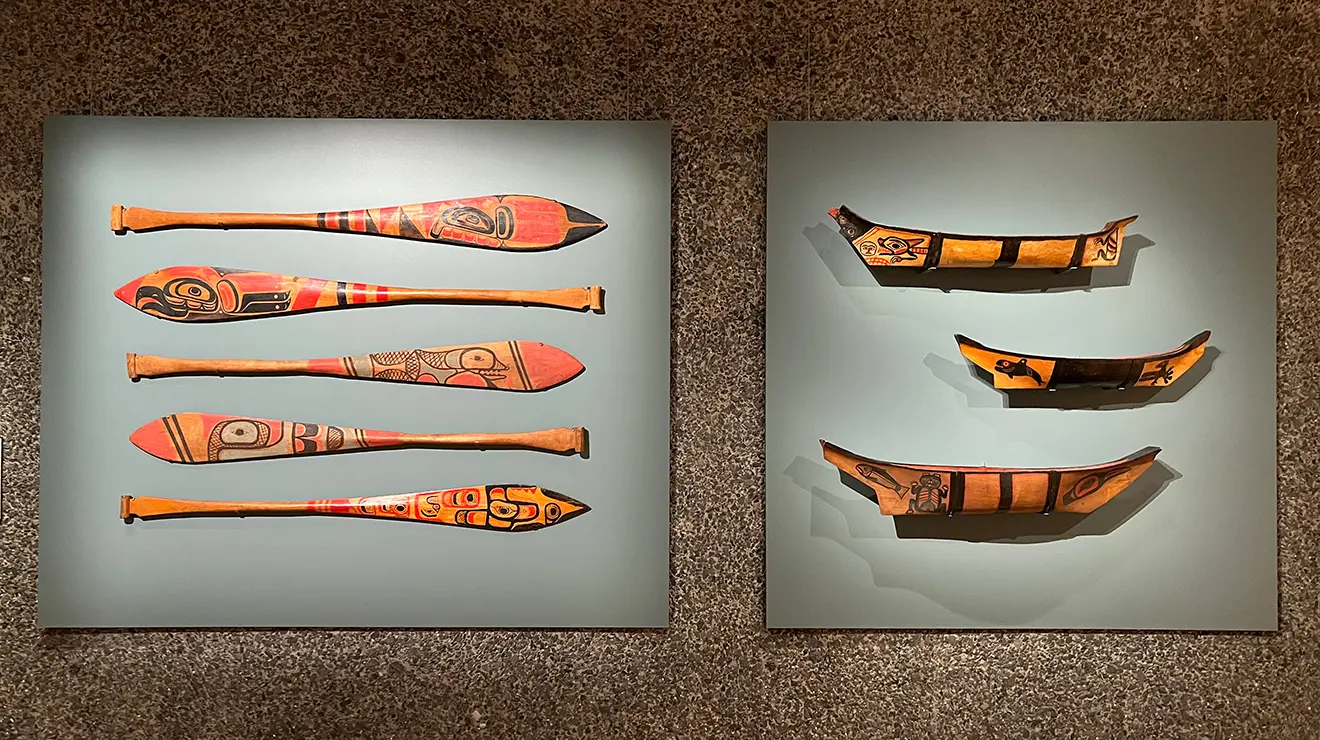
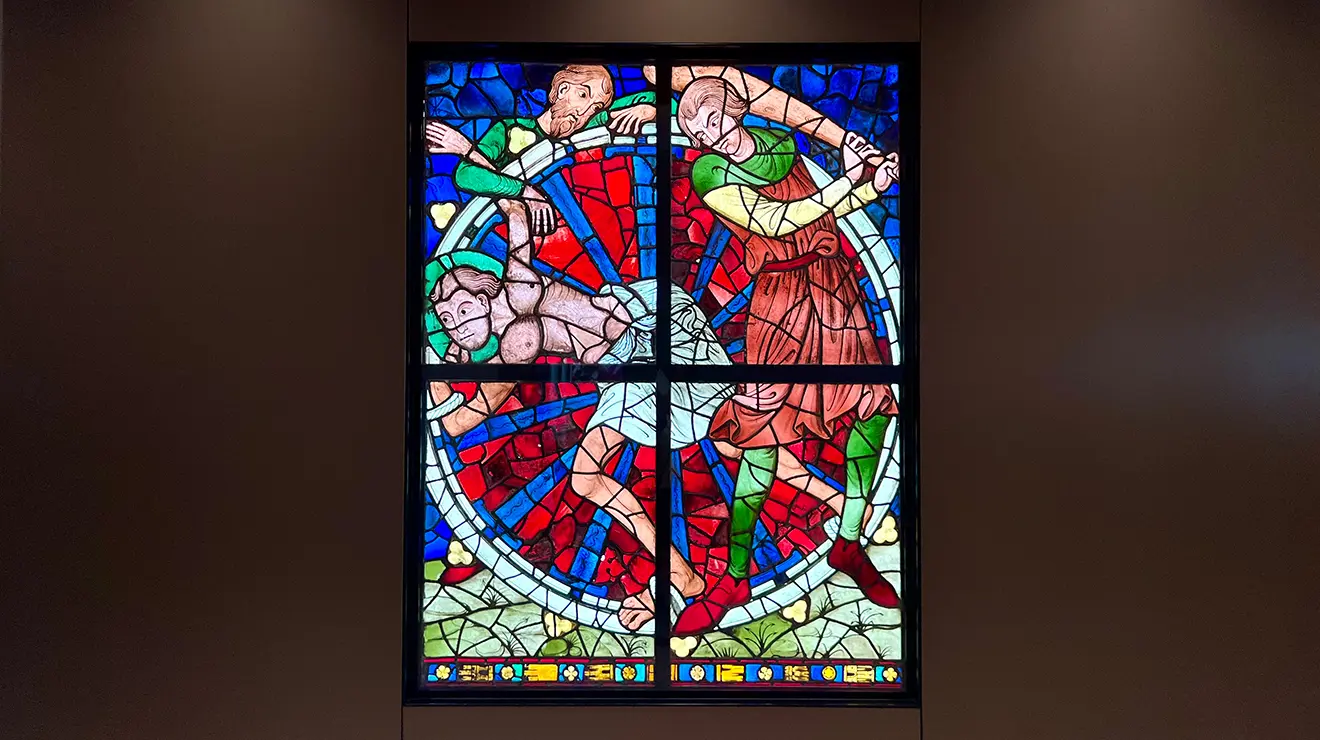
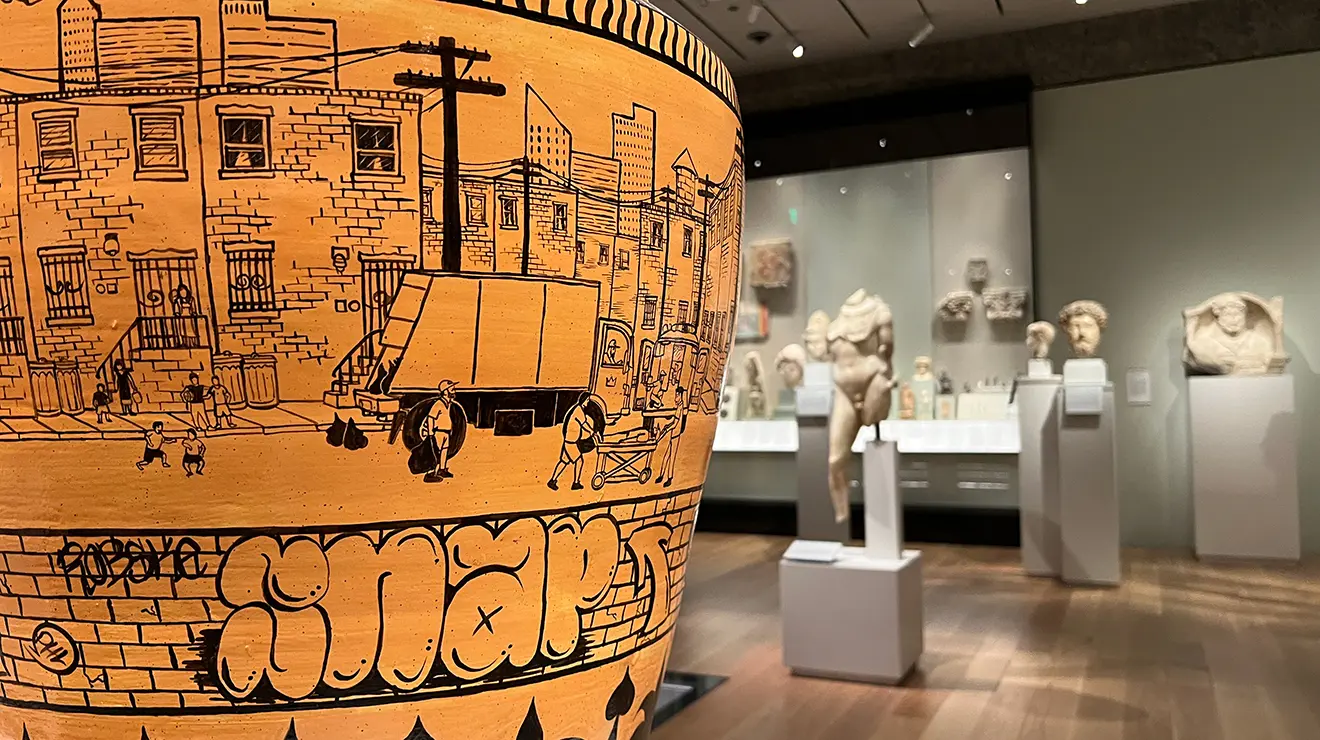
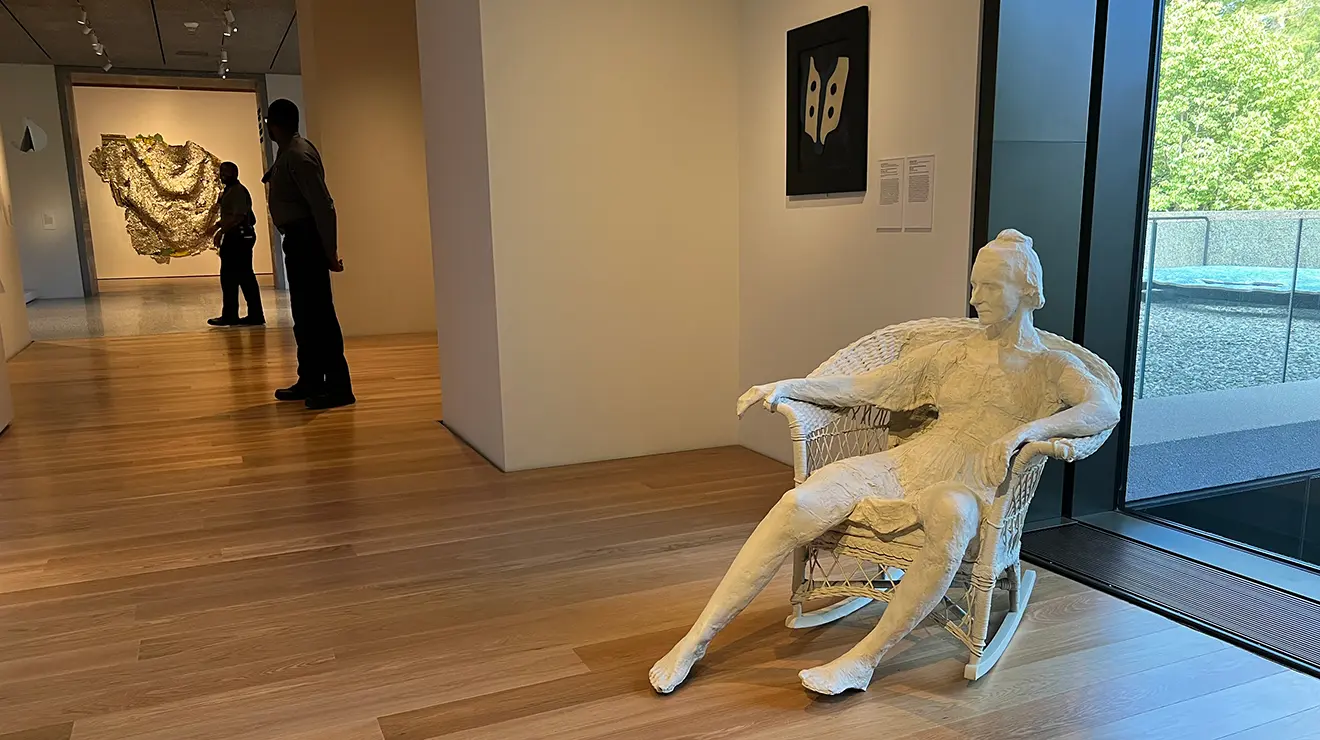
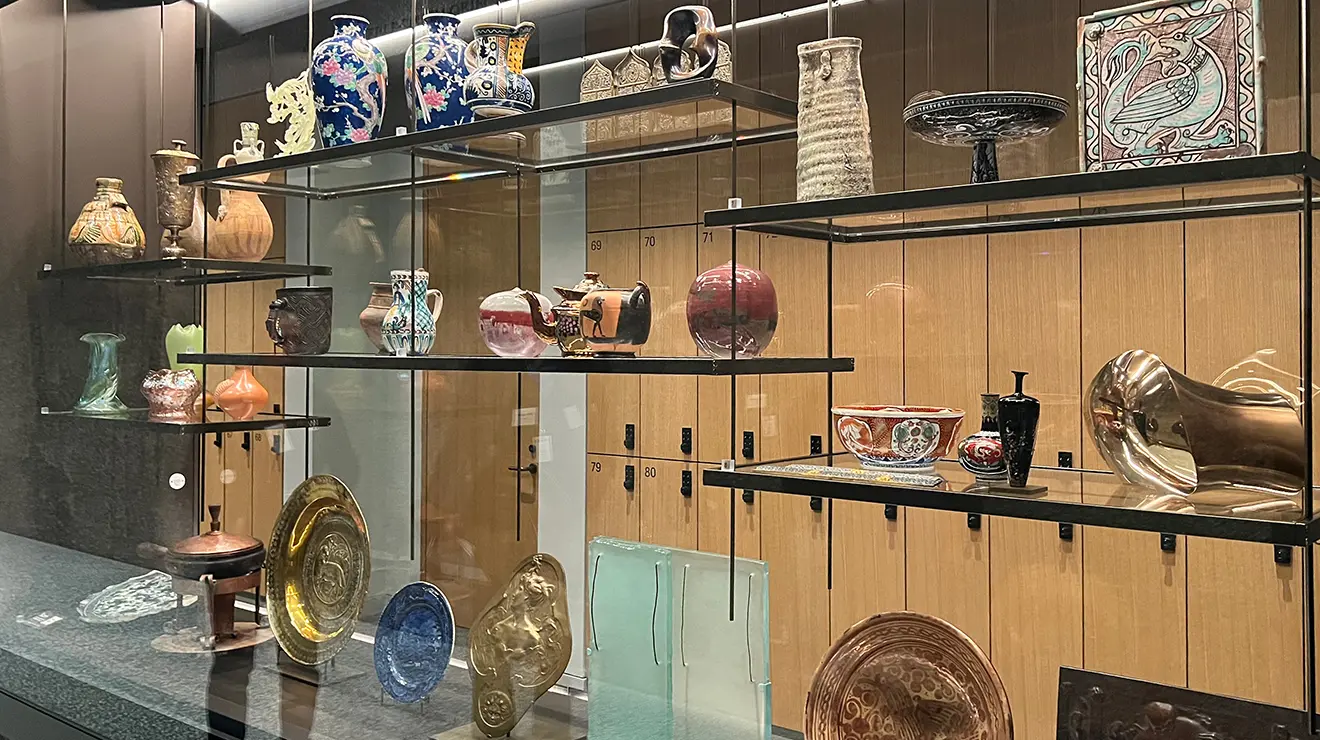
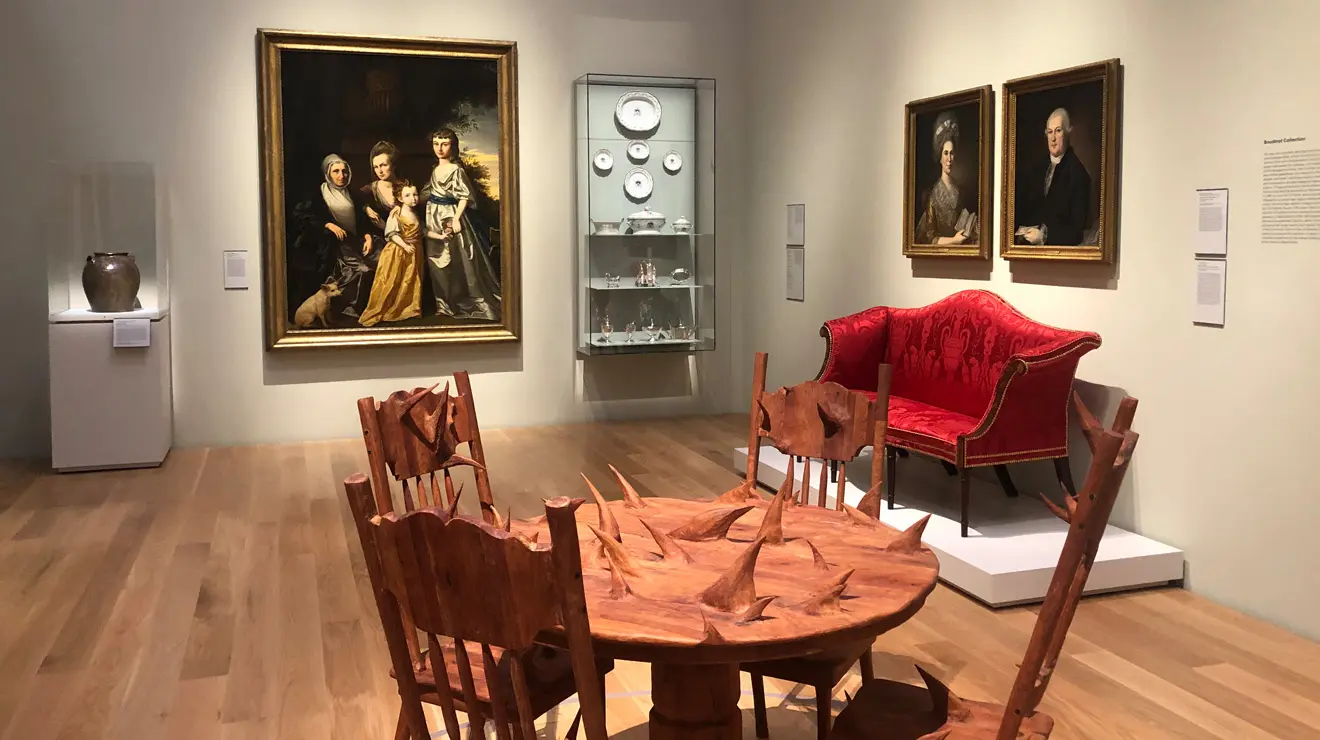
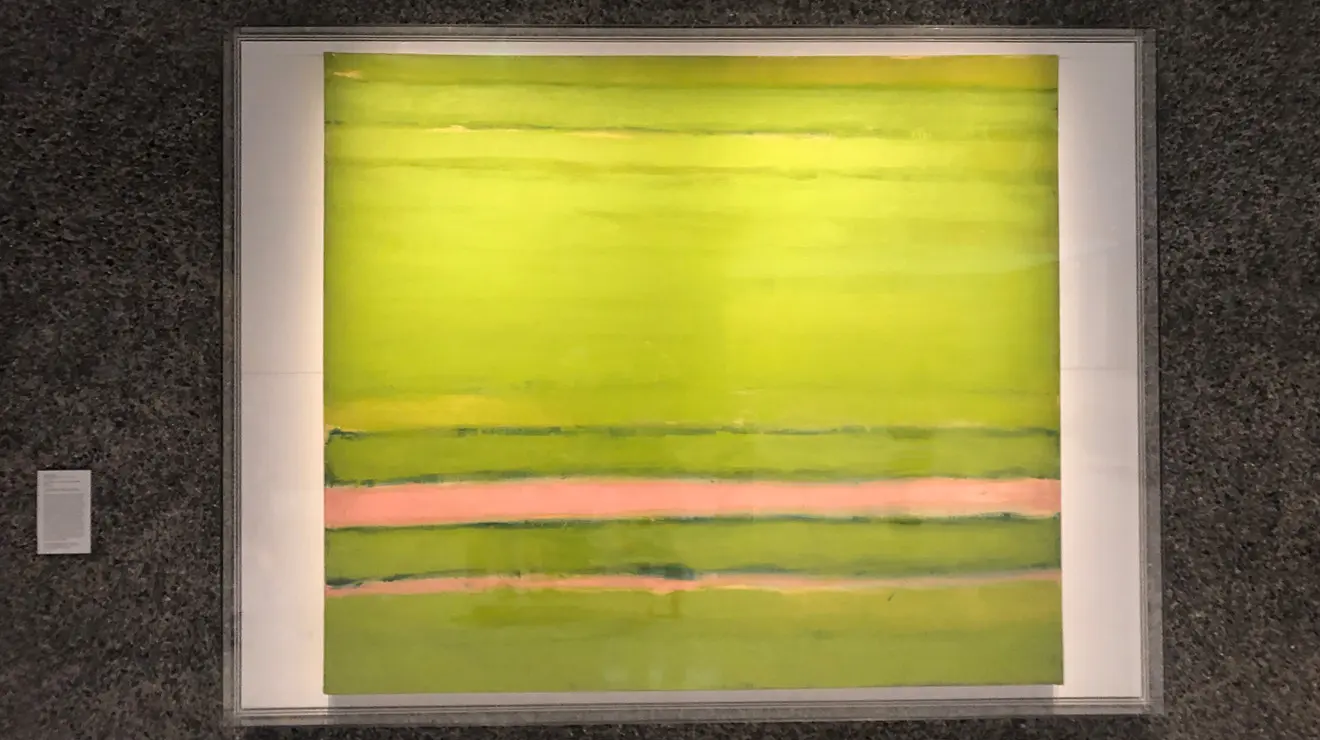
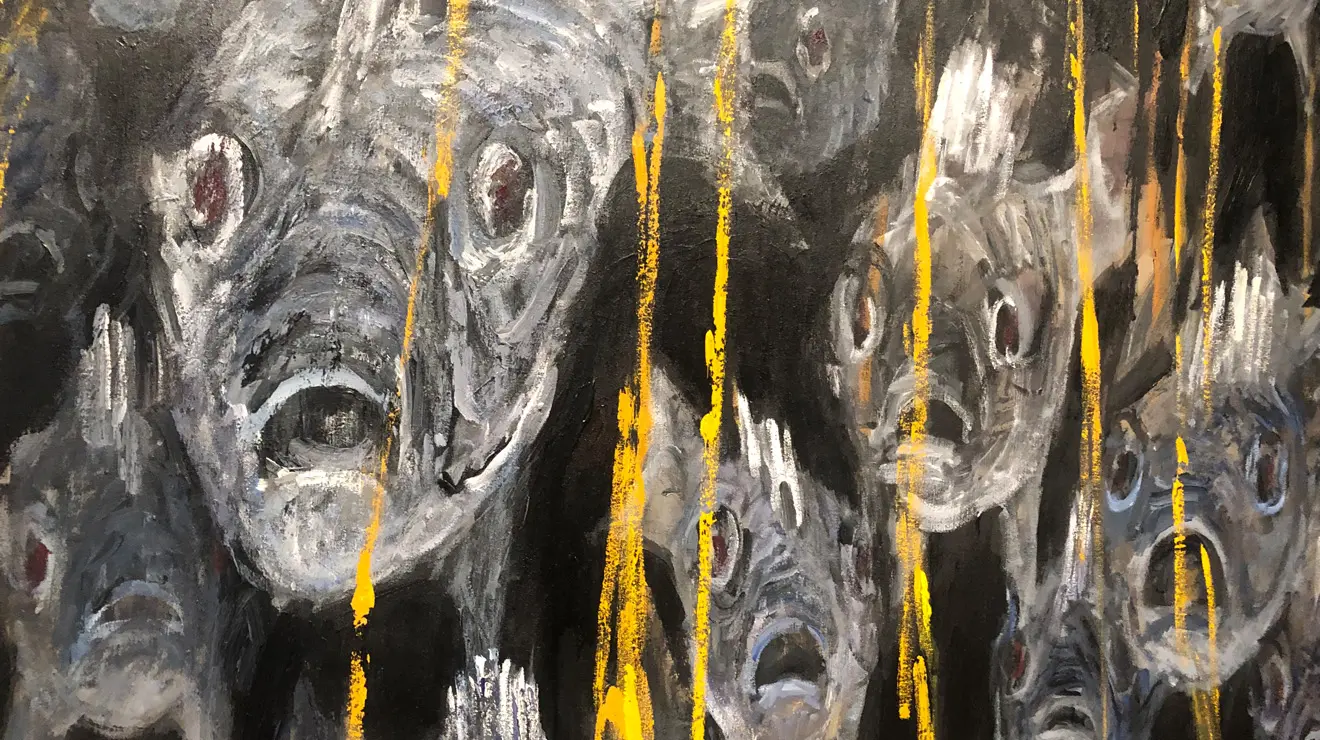
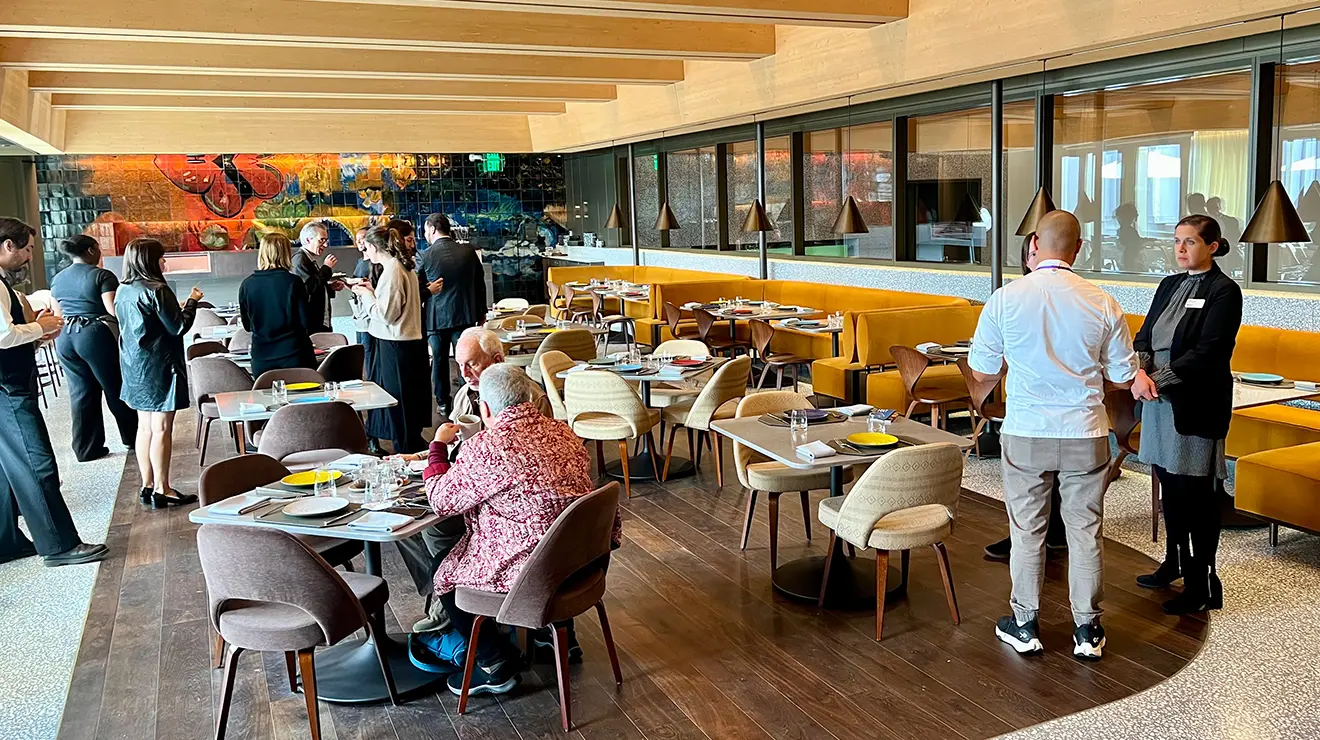
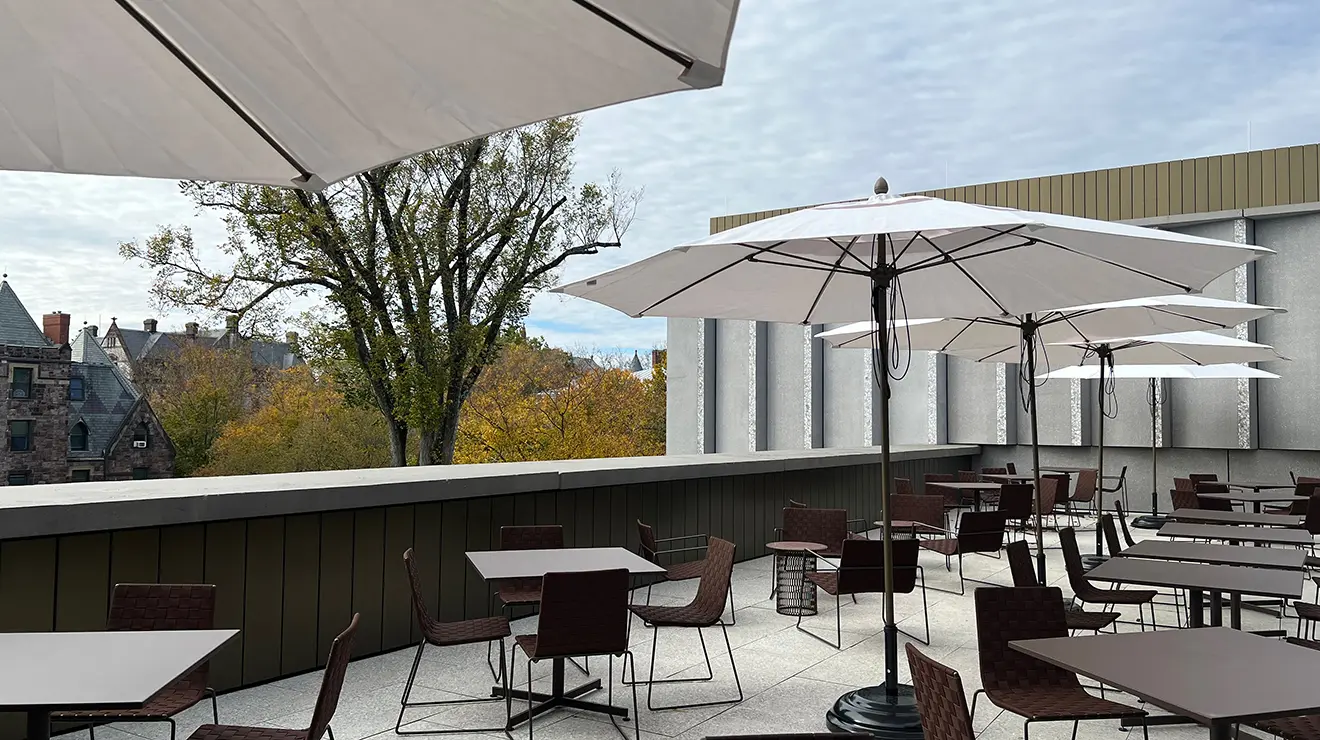
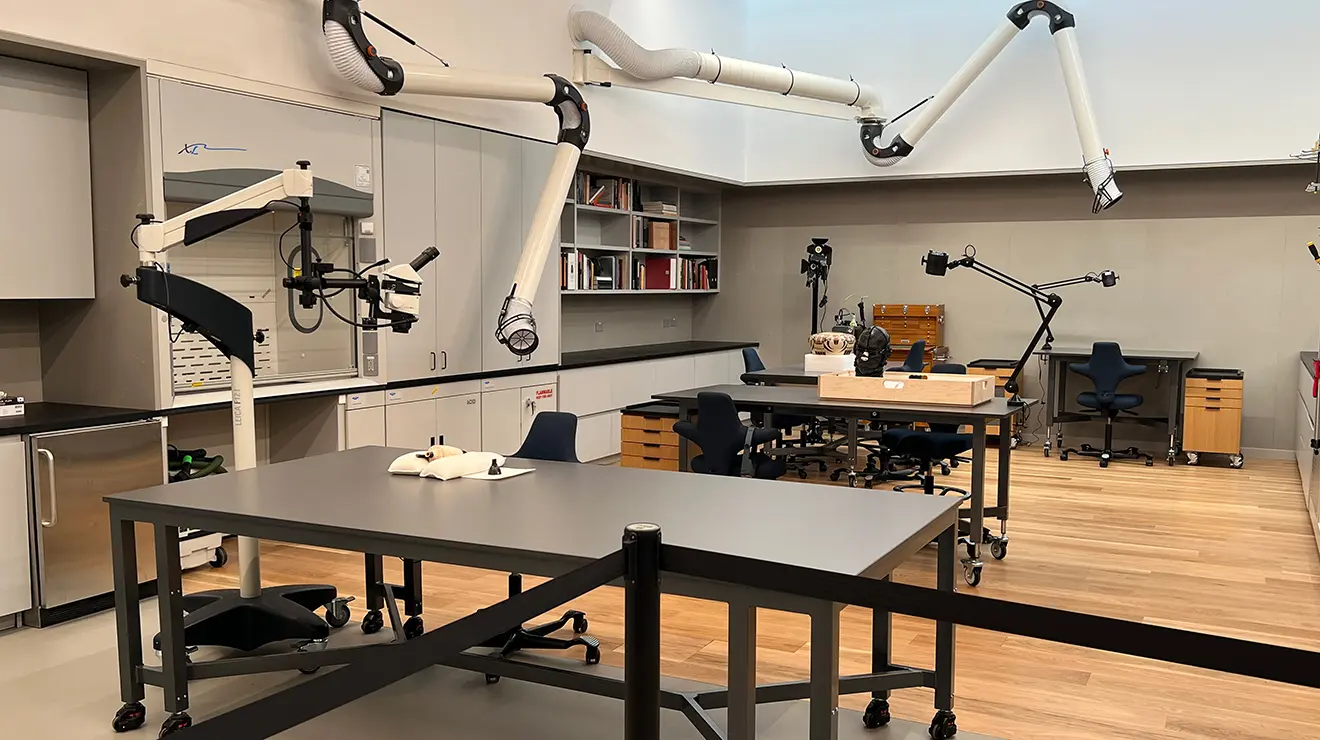
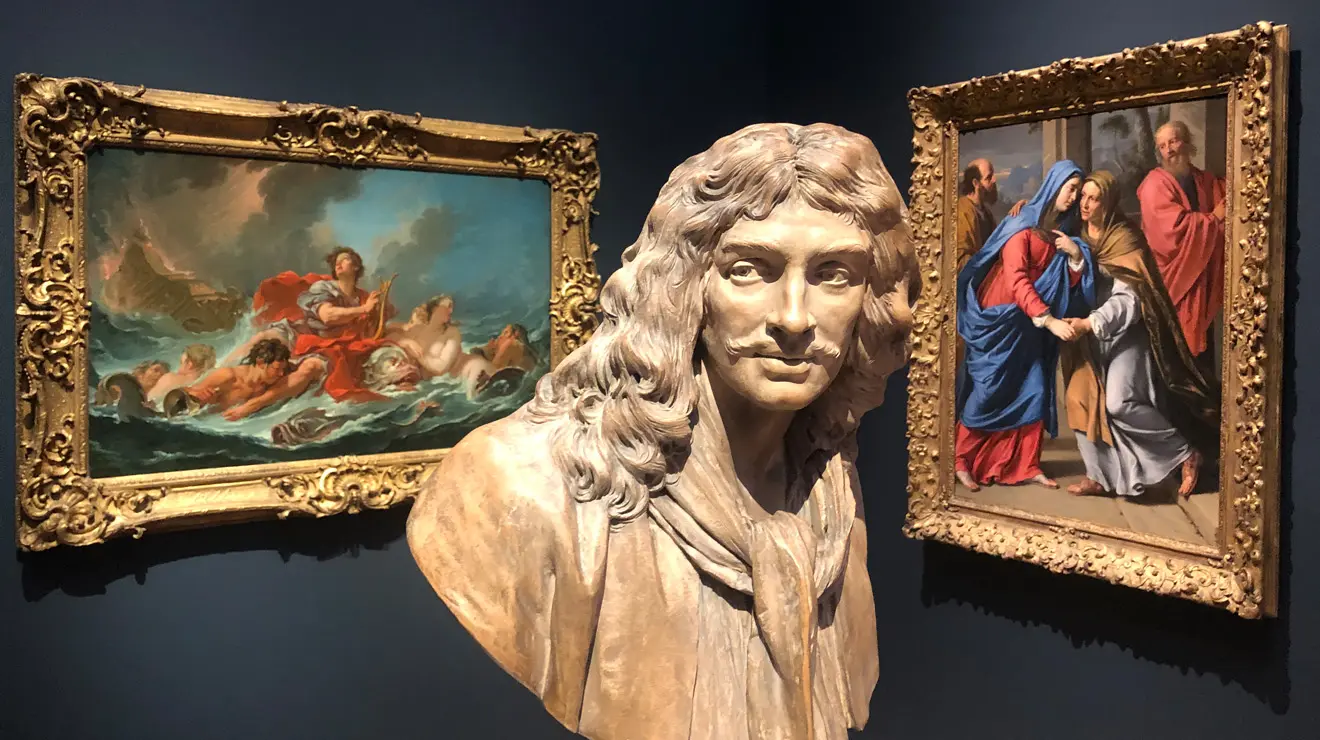
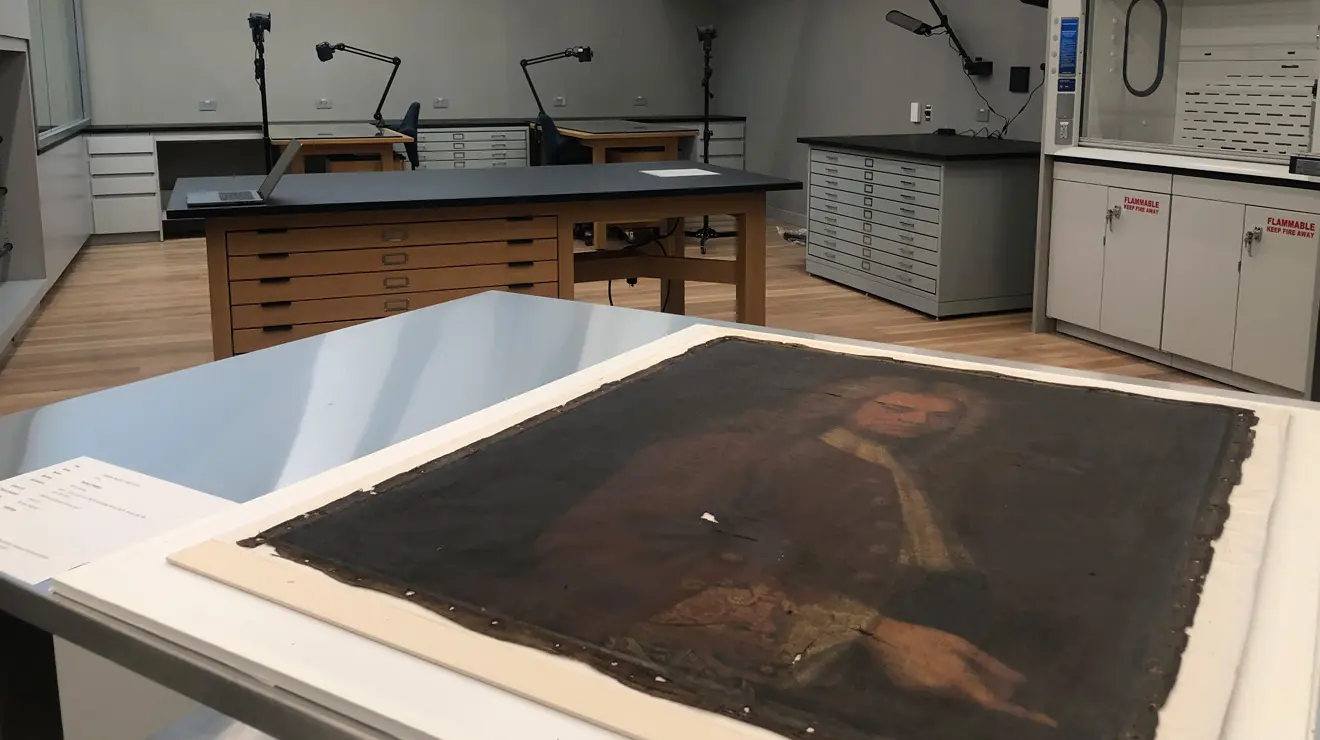
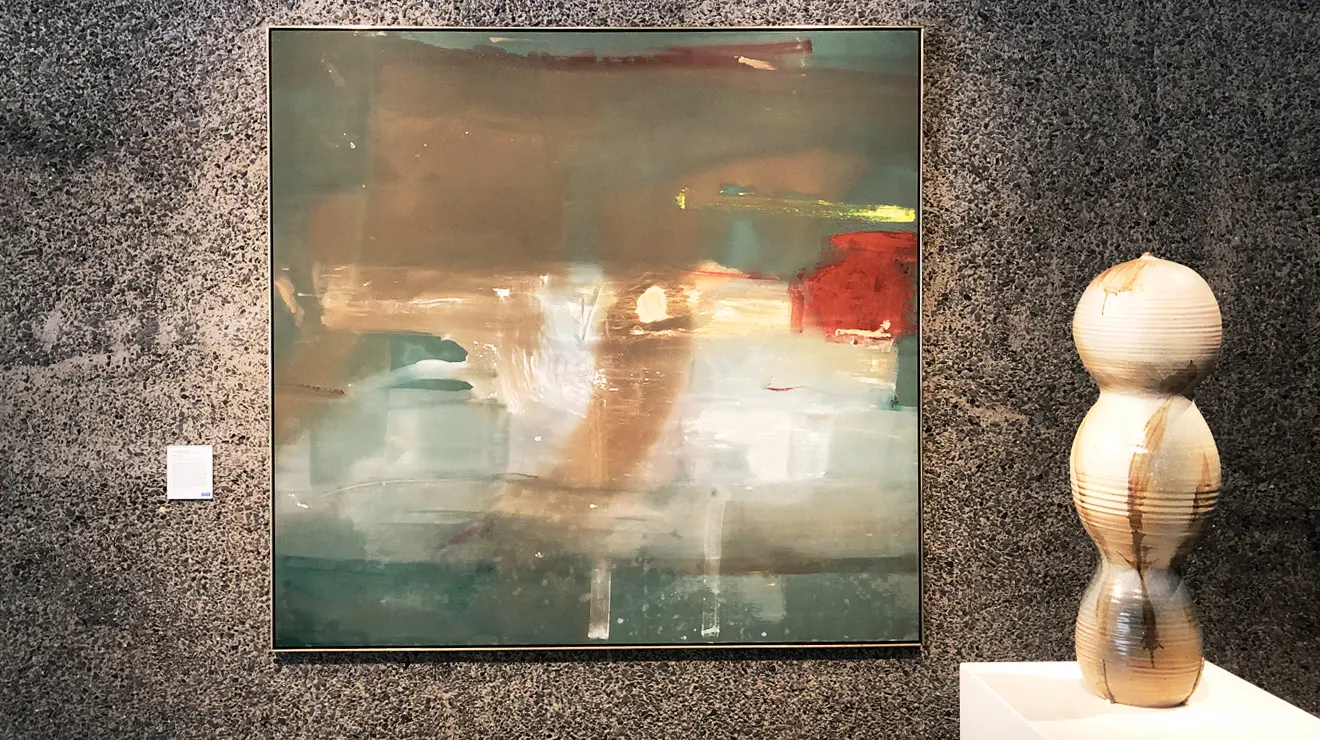
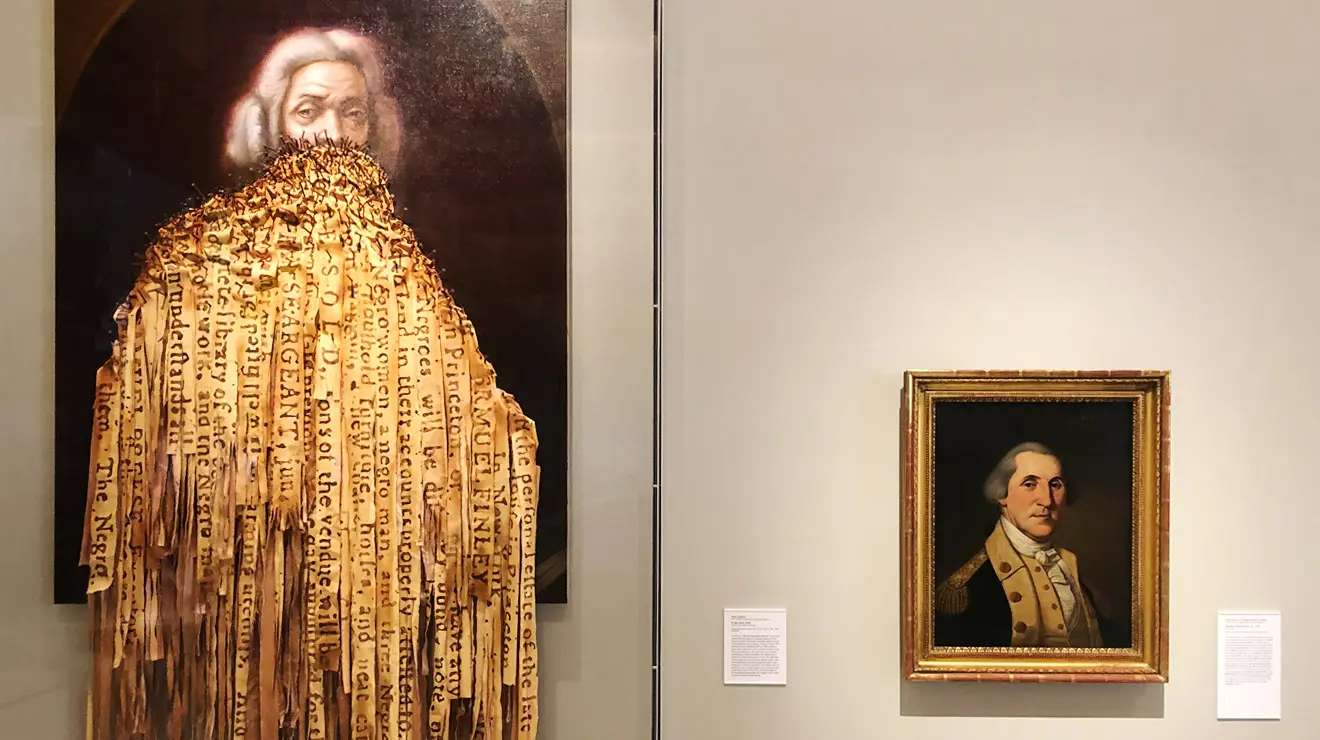
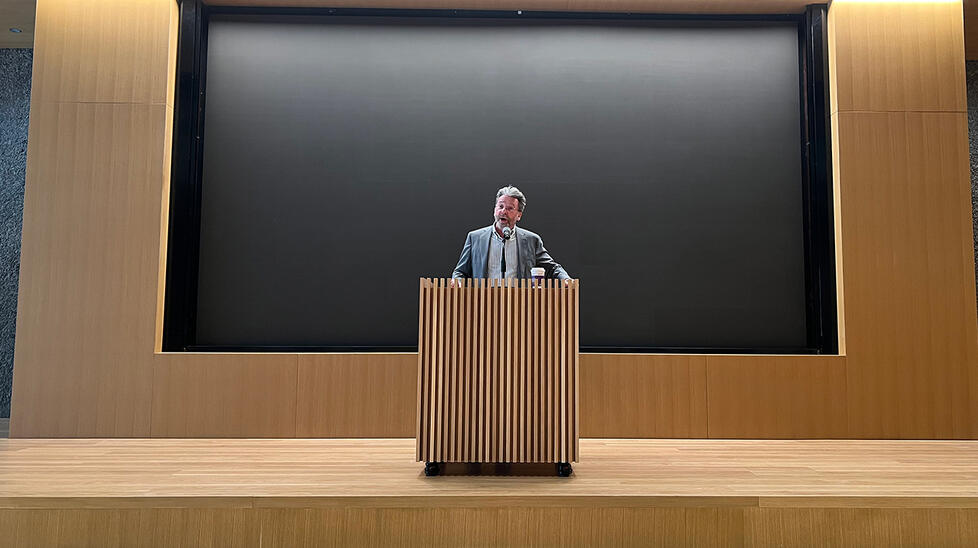
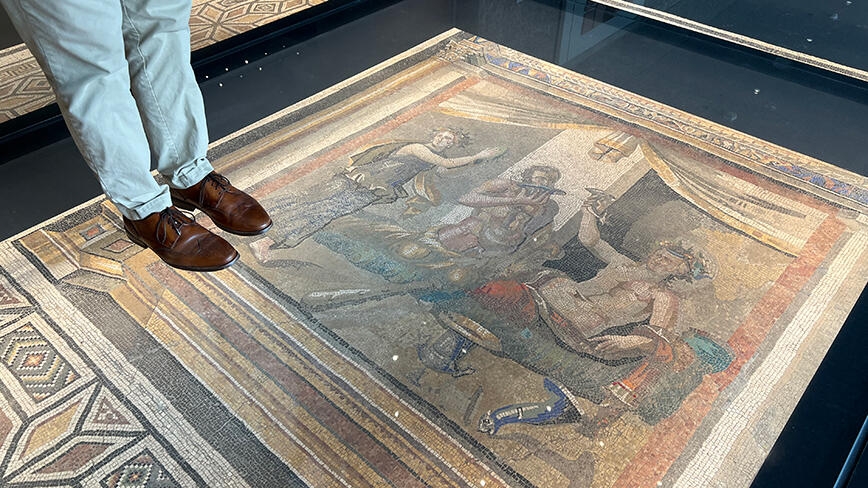

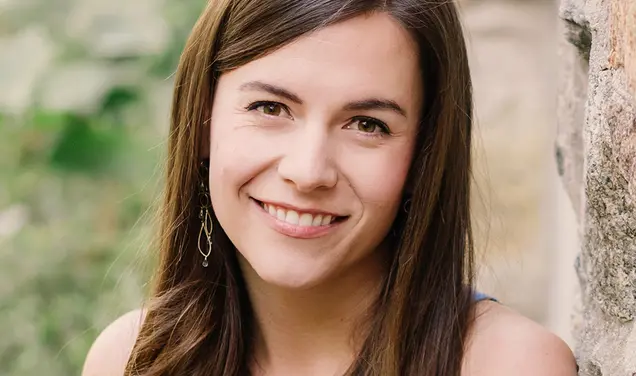


9 Responses
Victoria Rogers
1 Month AgoOpening Night at the Museum
Went on opening night and loved it!
Jeri Wolfson
4 Weeks AgoArt Museum Opening
So exciting!
Kathleen McElwee
1 Month AgoSo Glad the Museum Is Open
So glad the museum is open again — and bigger and better!
Libby Zinman Schwartz
1 Month AgoShowcase Paintings from Vietnam
I hope the new museum has at least one painting from Vietnam. Their artists are outstanding but not one example of their many works has ever been part of the Princeton Art Museum’s collection, past or present.
Sean O’Byrne ’79
1 Month AgoArt Appreciation
It makes me wish I had taken art history as my major!
Looking forward to seeing it!
Mifflin Lowe ’70
1 Month AgoStudying and Writing About Art
I did (major in art history). And despite my father’s conviction that it would be worthless, I just published a book Art. An Interactive Guide — which is, in all modesty, wonderful. I mean, how wrong can you go with work by Botticelli, Mondrian, etc.? Anyway, the link above includes a “walk-through” the publisher did. Hope you like it. I’m honored to say both The Getty and The Princeton Art Museum bookstore have bought the book and said nice things about it.
Gayle Cialella
1 Month AgoOpening Week for the Museum
Very excited for the opening and to see the new museum!
Peter J. Ellis ’83
1 Month AgoExcited for New Museum
Wow! Can’t wait to visit!
Seymour Preston Jr. ’66
1 Month AgoOn the Reunions To-do List
I can’t wait to see the new museum during my 60th in 2026! I’m thinking of going to the campus early for the opportunity.